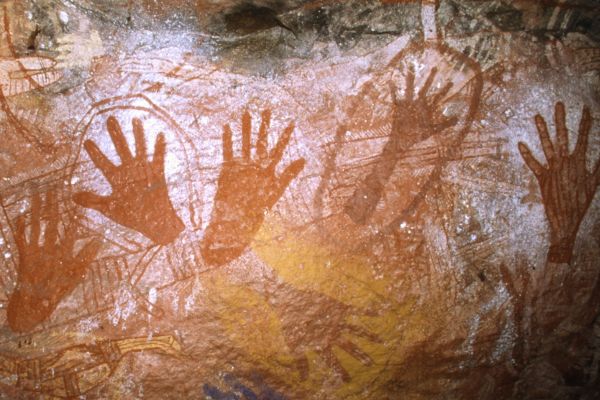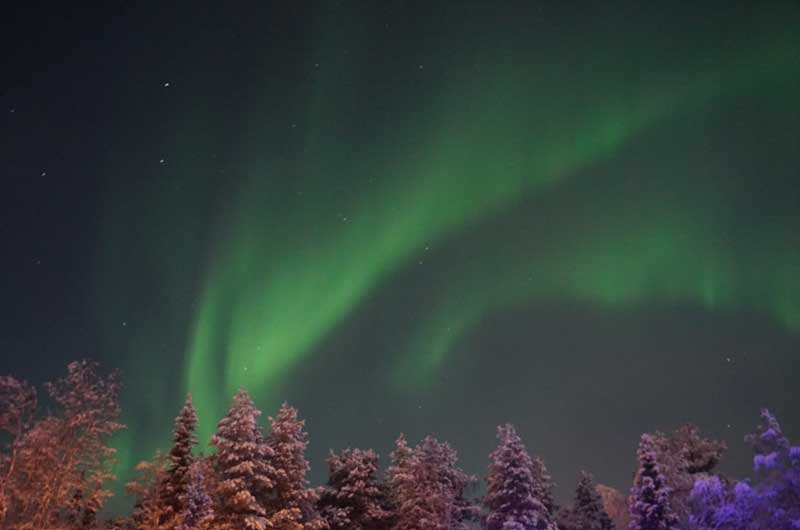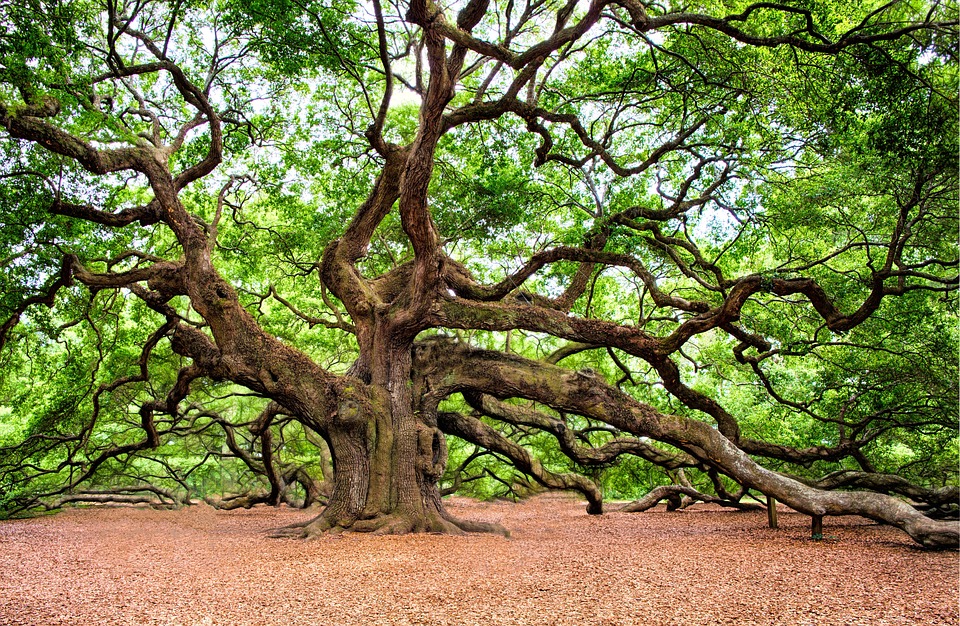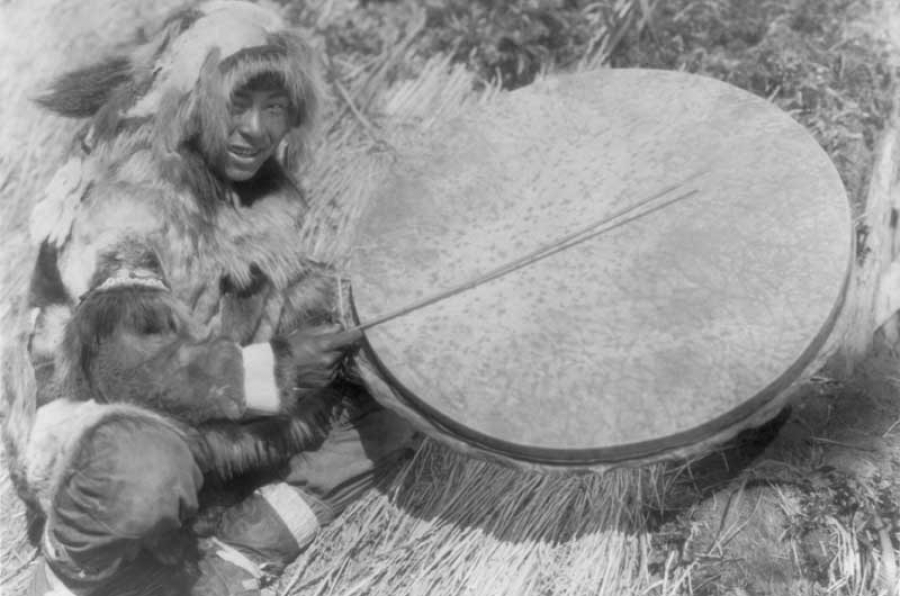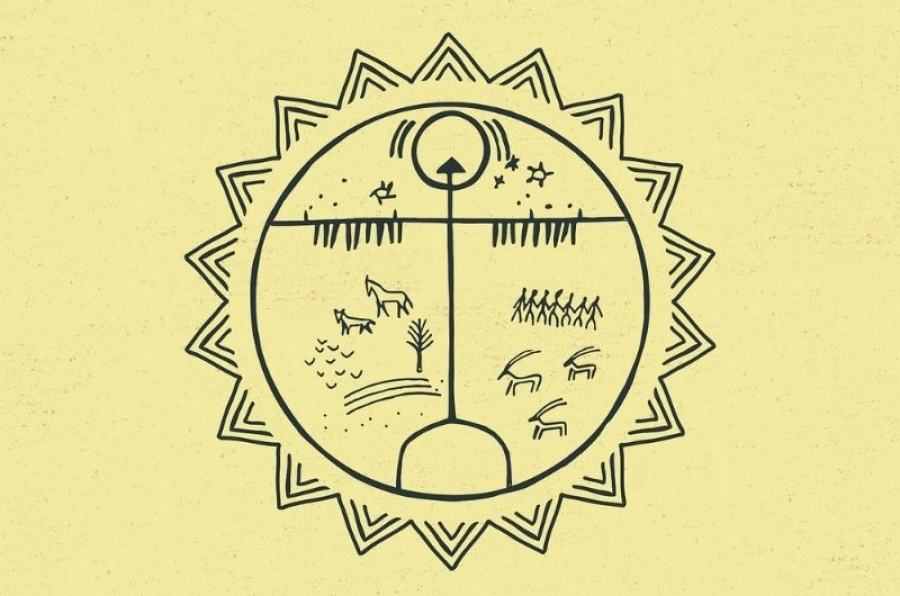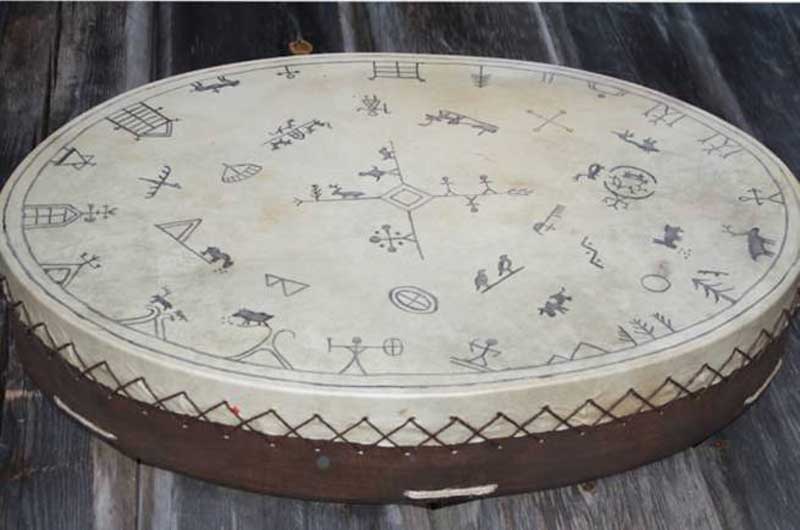There are more than 100 rock paintings found in Finland. The paintings date from between 5000 and 1500 BC. The most famous sites include the Astuvansalmi rock paintings and Hossa Värikallio. Numerous domestic and foreign tourists visit these areas every year. Can rock paintings be viewed in any other way than just as an ancient relic? Can a modern person find in them a message left by our ancestors?
Rock paintings are related to shamanism
Researchers have been looking for an explanation for rock paintings for a long time. The most popular theories have been hunting magic, totenism and shamanism, as stated in the journal Muinaistutkija of the Finnish Archaeological Society (2/2001). Catching magic related to hunting luck was a widely spread explanatory model at the beginning of the 20th century.
An explanatory model based on totenism was brought up in Finland in the 1990s. The idea here was that a certain family group would have considered themselves descended from a certain animal, and this connection would have been ritually confirmed.
However, shamism has become the most popular theory since the turn of the millennium. For example, archaeologist Antti Lahelma (dissertation published in 2008) believes that interpretation methods related to hunting magic and totenism should be rejected, because most of Finnish rock paintings depict precisely shamanistic journeys and transformations. According to Lahelma, it is possible that the making of the paintings has exorcised the animal-like spirit beings that lived in the rock. It may have been part of a ritual to print an image of a hand on the sacred rock. The power of the rock is possibly transmitted through contact.
The authors of the rock paintings may have been shamans
It is possible that the creators of the rock art were themselves shamans. Professor of religious studies Juha Pentikäinen and archaeologist Timo Miettinen state in their book Pyhän merkkejä kivessä (2006) that the shaman owned and controlled the most important knowledge of his tribe. The shaman could also have played a central role in the creation of rock art. He could have been an “icon painter” of his time, who made “windows” into the beyond – to another reality.
The rock art features people, deer, and figures, which have been interpreted as shamans dressed in animal costumes performing rituals. Rock paintings also feature characters that are harder to recognize. Research suggests that these characters may have been hallucinations of their creators who have been able to influence their state of consciousness with the help of psychedelics or dance, for example. In an altered state of consciousness, the artist has interacted with the spirit world.
Can we find a message in the rock paintings?
Just seeing the rock painting with your own eyes is a memorable experience. The paintings are usually located in hard-to-reach, but scenic locations that are often next to the water. There may be something unusual in the environment or the rock itself, which is why the place was chosen in the first place.
The beauty, historicity and sanctity of the place can touch you deeply. If possible, vistit the place alone, so you can delve into your own thoughts and observations in peace. When you get there, take your time to look at the pictures and allow the thoughts come to your mind. What do you think the characters represent? Why are they made? What sacred or profane message have our ancestors left on the rock face? If you want, you can touch the rock further away – touching the paintings is not allowed.
Personal interpretation may differ
In the book Pyhän merkkejä kivessä , there is a story about shamans who visited the famous Astuvansalmi rock paintings site in 1993. They agreed that the place was holy, but they interpreted many of the figures in a different way than any Finnish researcher up to that time. Shamanism researcher Helena Karhu states in her article published in Antroblog in 2020 that the rock paintings refer to a cultural heritage that is not only visible in the rocks, but also in the invisible spiritual continuum and consciousness when understood shamanistically.
According to Karhu, today’s shamanistic practitioners are still stuck in the world view that preceded religious colonisation, because the shamanistic conception of time is different: “The past, the present and the future do not appear linearly, but as a circular continuum. In this way, the past is also present in the present”. Thus, when seen through shamanistic eyes, rock painting is not necessarily only a distant and difficult to interpret work. At the same time, it is something that lives, affects and communicates right here and now.
In the words of the philosopher Simone Weil: “Past, reality, but definitely unattainable. We can’t get a step closer to it, we can only turn towards it so that its radiation hits us. That is why the past is the best possible image of an eternal, supernatural reality.”
The article written by Marja Simonen was first published on Kuudesaisti.net

